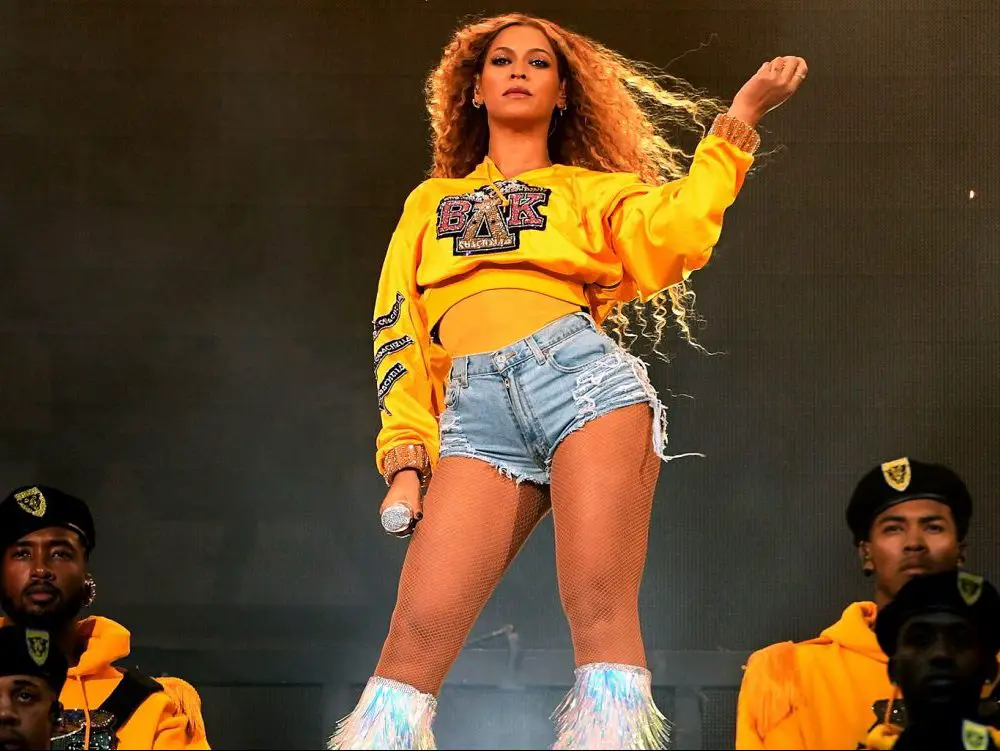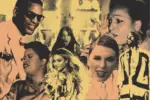It’s no secret that people of color, particularly black people, are at the center of pop culture. The credit that more privileged individuals took from them is finally being taken back as black and brown artists share their art with the world and get increasingly more popularity and critical acclaim. As they receive more of the credit they’ve always deserved, their art is being consumed by more and more people, and those people need to remember the difference between being the target audience and a standard consumer.
The importance of remembering your place as a consumer of art is deeply rooted in the history of racism in the United States, and especially how that racism manifested itself in early media. Anyone who’s gone to school in the United States knows about slavery, the Civil War and the not-so-distant years of segregation. All throughout the country’s history black people have had to make spaces for themselves in a world that was fundamentally structured to work against them.
This is how historically black colleges and universities (HBCUs), and other black and minority-centered associations such as the National Association of Black Journalists or the widely-known NAACP came to be. Though the world has changed and become more accepting of people of color, these safe spaces are still necessary. For a lot of black people and people of color, many aspects of their lives are inherently politicized because of their race.
Black artists and other artists of color now find themselves in a place in history when they can create art for their people; they often aim to fill the gaps in representation. Ryan Coogler’s “Black Panther” took that route and cast black people in all major roles; so did Jon M. Chu’s “Crazy Rich Asians.”
Beyoncé, as another example, is making increasingly specific music, tailored to the experiences and sentiments of her community. Her transition into blatant and unapologetic, and sometimes controversial, blackness in her art is exemplified by her 2016 Super Bowl halftime show, which she performed in an outfit heavily reminiscent of, if not immediately recognizable as, Black Panther attire. Since then, she has delved deeper into serving the black community artistically, from her legendary 2018 “Homecoming” Coachella performance, modeled after homecoming at HBCUs, to her work creating “The Gift,” the “The Lion King” companion album that plays like a love letter to Africa.
Considering even just some of the important history of racial politics in the United States is the first step to consuming art like a true ally. As mentioned before, a lot of black and brown people have a hard time de-politicizing their existence, so you have to understand that, if you are a listener outside of the artist’s main community, you need to be okay with accepting whatever message they decide to send and that it won’t always be for you.
To expect that all the art you consume should be without political or social context is a stance that comes from a place of privilege, of being used to being catered to, so that any media that doesn’t revolve around you or that’s made to relate to experiences different from your own is alien, and therefore unacceptable to you.
When black and brown artists get the opportunity to create art on a large scale and fill the absences they felt as consumers, they have the right to represent themselves in any way they so choose, and that could often mean the nuances of their art aren’t made with you in mind.
One extremely common way that audiences don’t respect their role as those not in a target audience is by choosing to sing lyrics that would be considered offensive coming from them. The best example is the N-word. Black people say the N-word as a way to take that language away from oppressors and make it mean something different amongst themselves, but make no mistake: The N-word can be nothing but racist coming out of any non-black person because of its long history as a mode of African American oppression. So no, it’s not okay to “just sing it in a song,” because the inclusion of that word, and the need for justification, made it clear that you’re not who the song was made for.
Circling back to Beyoncé for another example, her song “BROWN SKIN GIRL” on “The Gift,” and its inspired reaction online, is another perfect way to analyze how to (and how not to) treat art that wasn’t made specifically for you. “BROWN SKIN GIRL” is a song of praise for black women, and specifically dark skin black women. This is clear throughout the song with lines like “Melanin too dark to throw her shade” and specific mention of Naomi Campbell, Lupita Nyong’o and Kelly Rowland. Videos of non-black women of color claiming the song as if it was made for them soon permeated the internet.
https://www.youtube.com/watch?v=qfrbh1pae4Q
Inserting yourself into a self-made safe space is another big no-no for consuming like an ally. Black people, especially black women, have had to make spaces for themselves in this country more than any other group, because just about every other minority group is not only afforded a certain amount of privilege the “farther” they are from being black, but most of them also harbor anti-black and colorist ideals.
The aforementioned women who didn’t just enjoy “BROWN SKIN GIRL” as a song, but instead claimed the song as their own, claimed they were “brown skin” girls as the song defines them, and infiltrated and violated a space made specifically for one of the most underrepresented demographics in the United States for the sake of feeling included in a narrative that wasn’t written for them.
No one’s saying that people can only listen to music made by those in their racial or ethnic groups; if anything, it’s imperative that consumers engage with art made by artists of different races and ethnicities. But it’s also important to understand that you’re a guest when you consume art that was made for communities that you’re not a part of, so it’s your responsibility to treat it with respect.
















